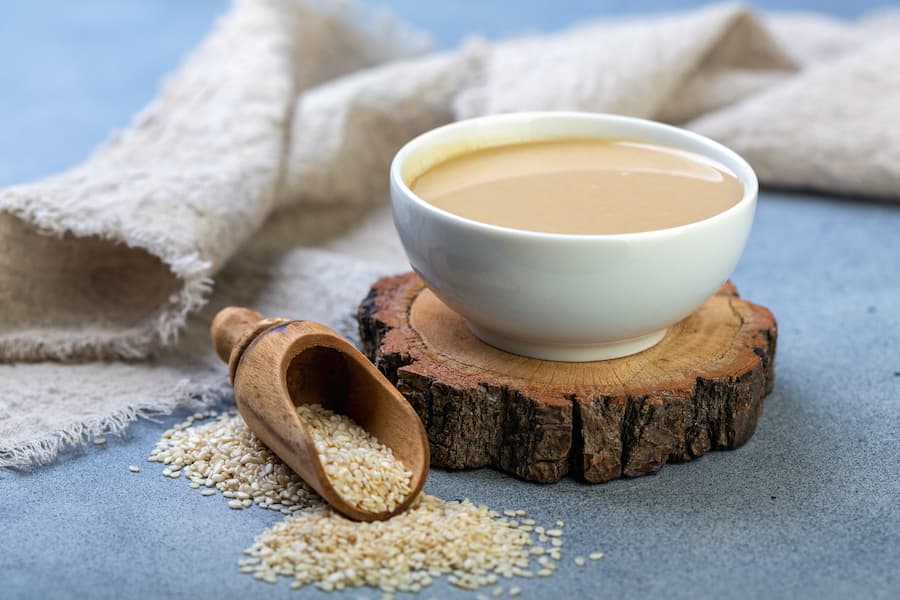Tahini production has started to be one of the productions that are freshly drawn and presented to the end user in many different areas, from delicatessen to spice businesses, with the increase in customer demands in recent years. There are many types of machines that you can use in tahini production stages, and it is important to get maximum efficiency with the machine and to process quality production stages.

While tahini is one of the products obtained with sesame, the quality of the amount obtained also depends on the machine. Sales of fresh tahini is an important way as businesses that respond to customers' demands in the most appropriate way in markets, delicatessen or similar businesses. With the fresh production of tahini, it is possible to use tahini halva or sesame oil with these machines.
A tahini machine can provide up to 1 kg of tahini within an average of 4 minutes. At this stage, depending on the quality of the machine, sesame seeds are used and it is possible to obtain 1 kg of tahini per 1 kg of sesame. It is normal to obtain 1 kg of tahini very comfortably without adding anything other than sesame to the production chamber, and the tahini production machine is important in order to respond to customer demands in an organic as well as natural production stage.
During the production of tahini, its fineness is as important as its quality. If tahini is to be produced for breakfast, the machine must produce a fineness in the 40-60 micron range. For this fine tahini, you can produce as you wish with machines with a small capacity of up to 15 KG per hour. This production kilogram can be increased according to the fineness.
If you want to produce tahini, you should start with sesame seeds. Sesame seeds are kept in salted water for a while. The sesame shell is peeled in this process, which will come into play with the peeling of the shells. After the peeling process is done in this pool, the shells begin to appear at the bottom. With the separation of the sesame shells, all of the foreign substances are also separated in this water. Next is the sesame oil extraction process. Sesame seeds are ground and thus tahini is reached.
Tahini production line for big factory and it use the sesame tahini for processing line, grinding machine. For the tahini processing, raw sesame is roasted sesame seeds and it cools with a cooling machine. The roast sesame processes with the production process line. If you want to make peanut butter production, you can use similar system.
The shell belonging to sesame are extracted in salty water and cleaned in normal water and then taken into the tahini machine, oil and tahini are obtained. In this way, it is possible to obtain tahini in accordance with the technique in the best way with the production of tahini, which is considered as one of the auxiliary by-products in order to create delicious meals as it is used on the tables.
Looking at the stages of tahini production, it is difficult to remove the shells in normal water and therefore salty water is preferred. In addition, obtaining tahini without removing the sesame seeds is not recommended in terms of quality. Since the important step is direct peeling, the best process should be done in the first phase. With this application, it is possible to produce tahini, to use it in breakfast, meals, delicious desserts or tahini halva by removing the oil in a quality way.
You can use the tahini machine as you wish for the best production in all thicknesses related to the tahini you want to produce. With its powerful production reservoir, you can benefit as you wish and you can produce fresh tahini that will add flavor to the tables as you wish in a quality quality.